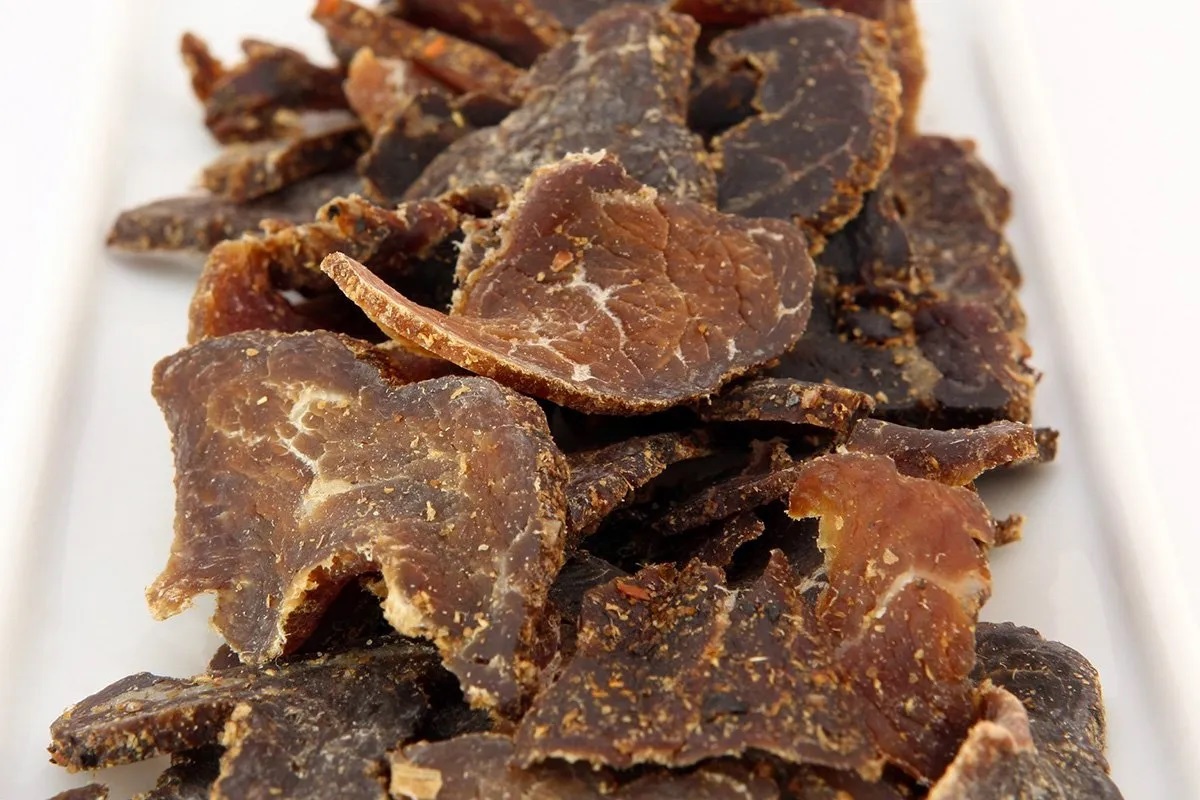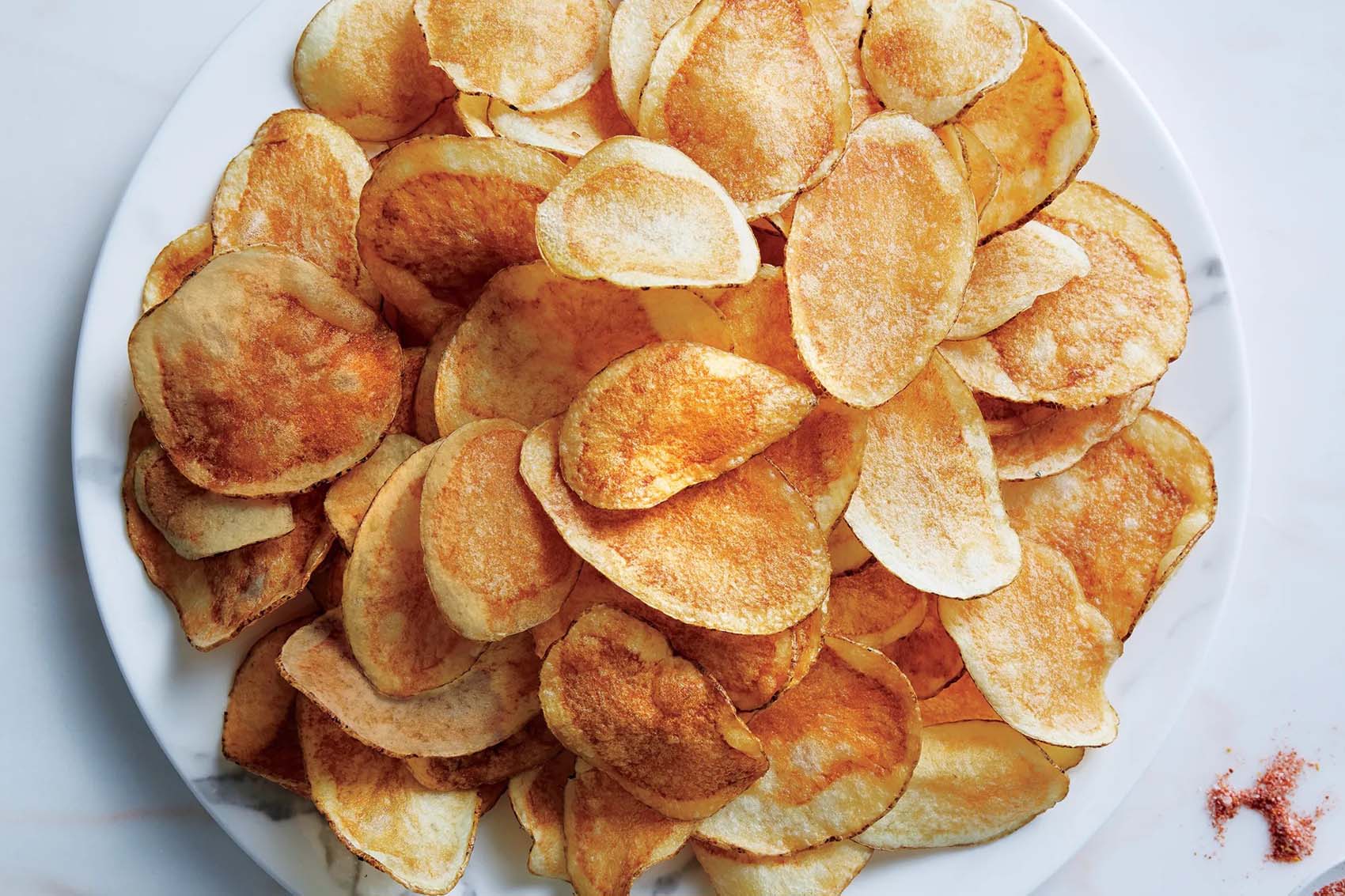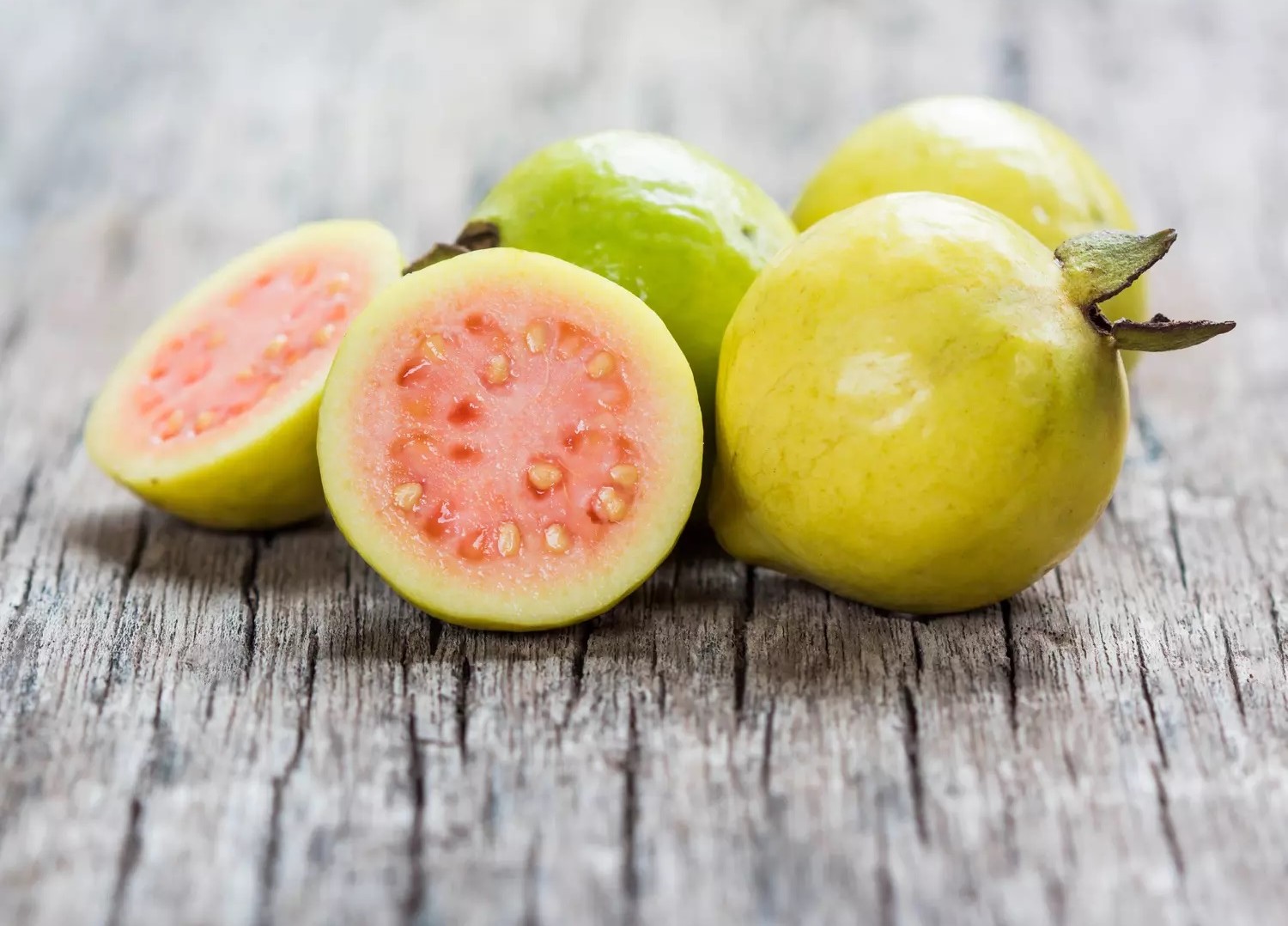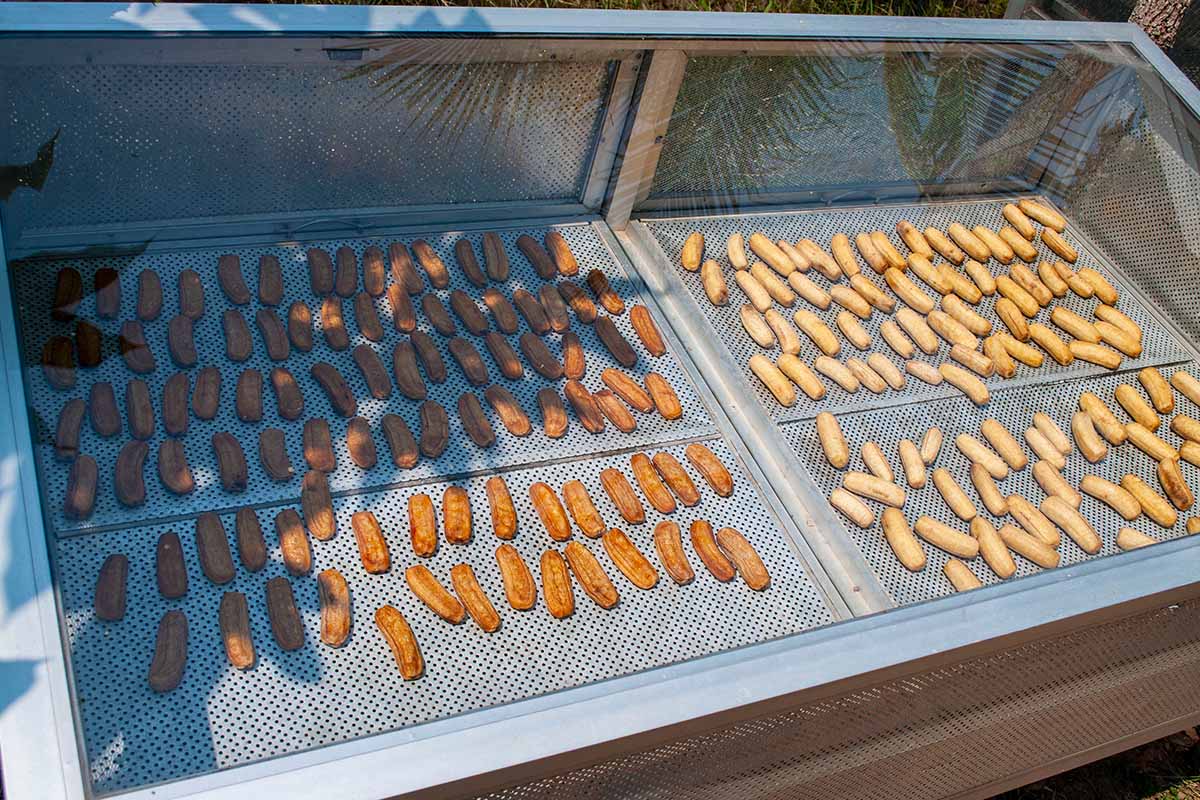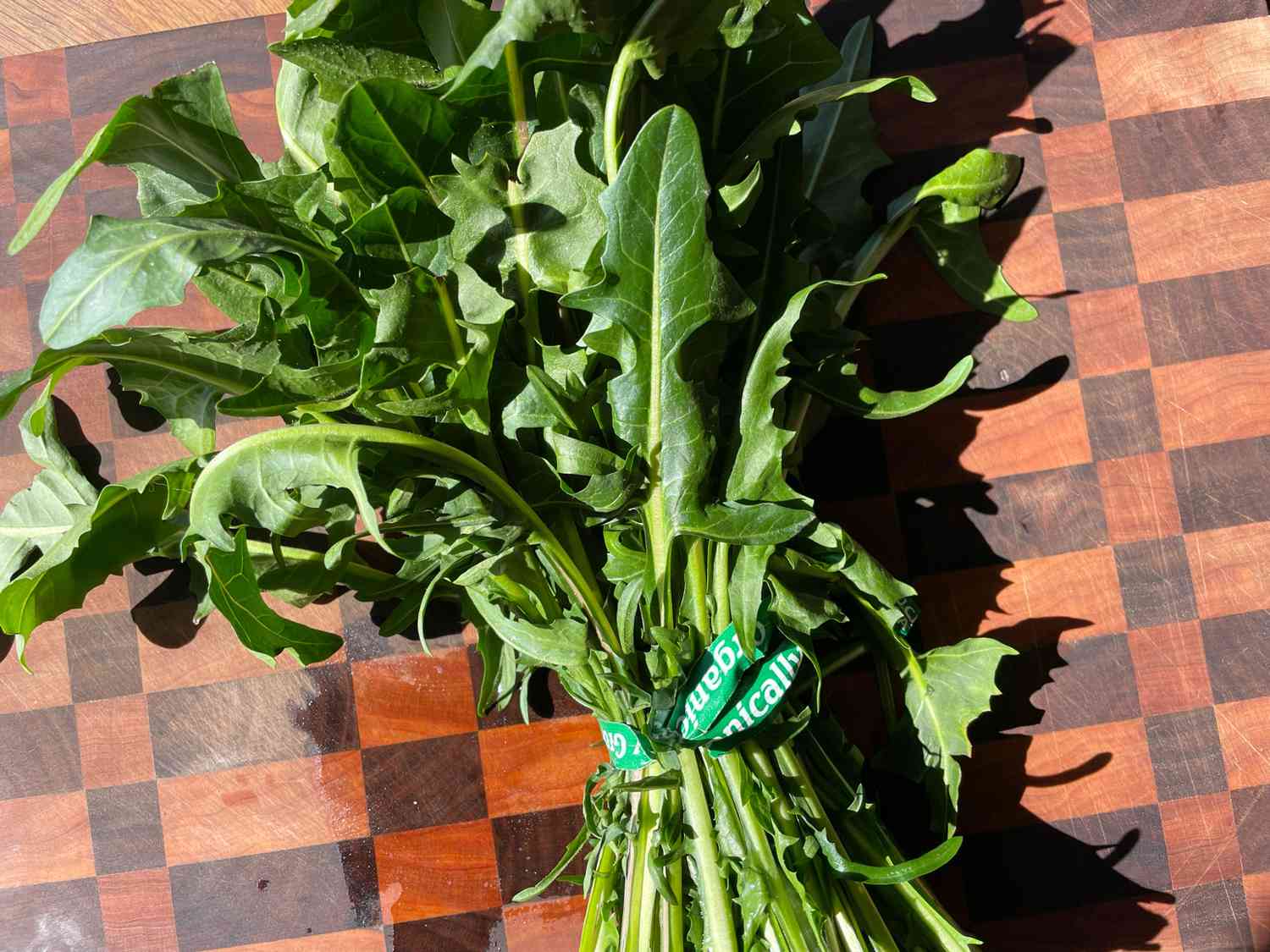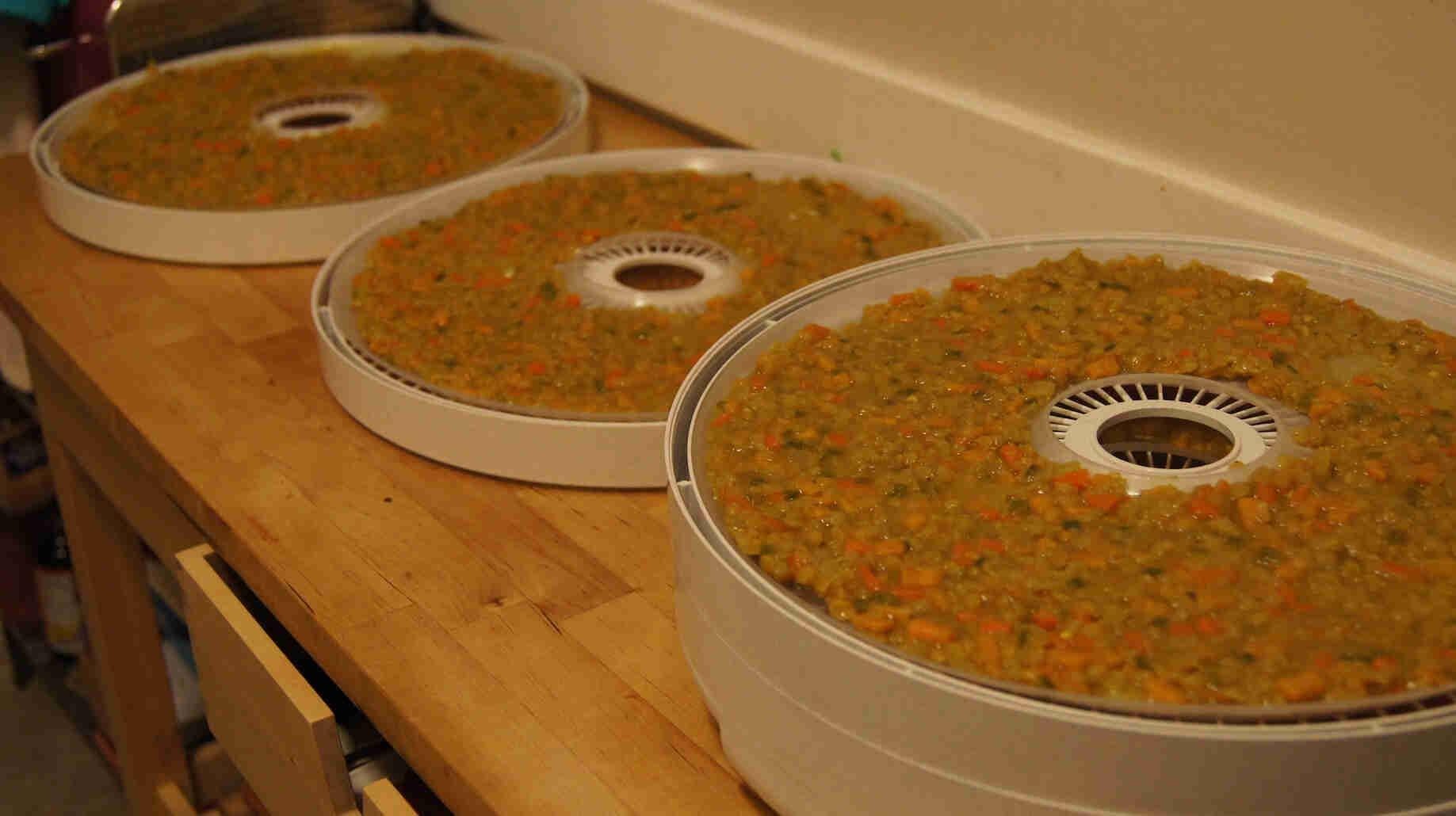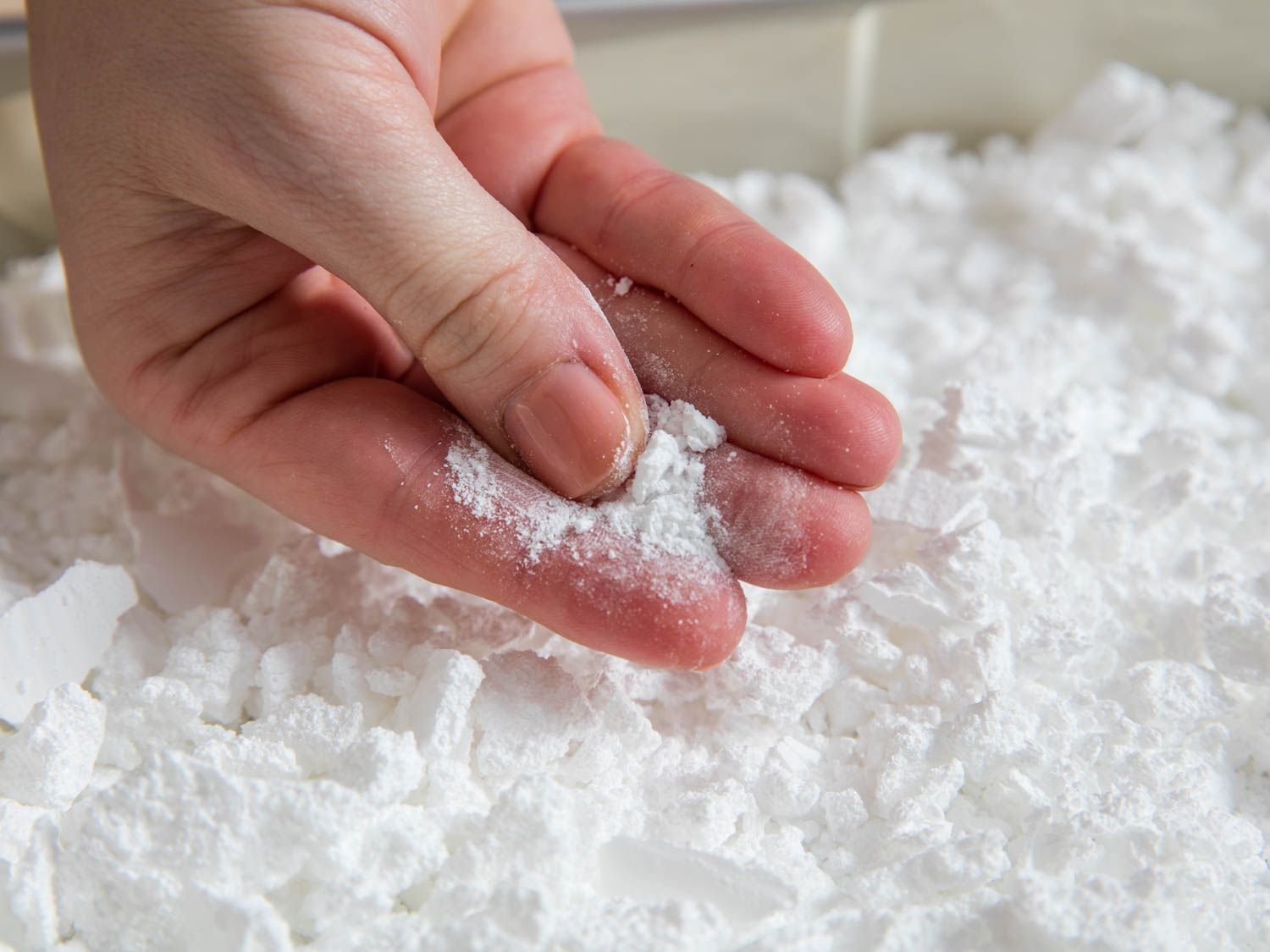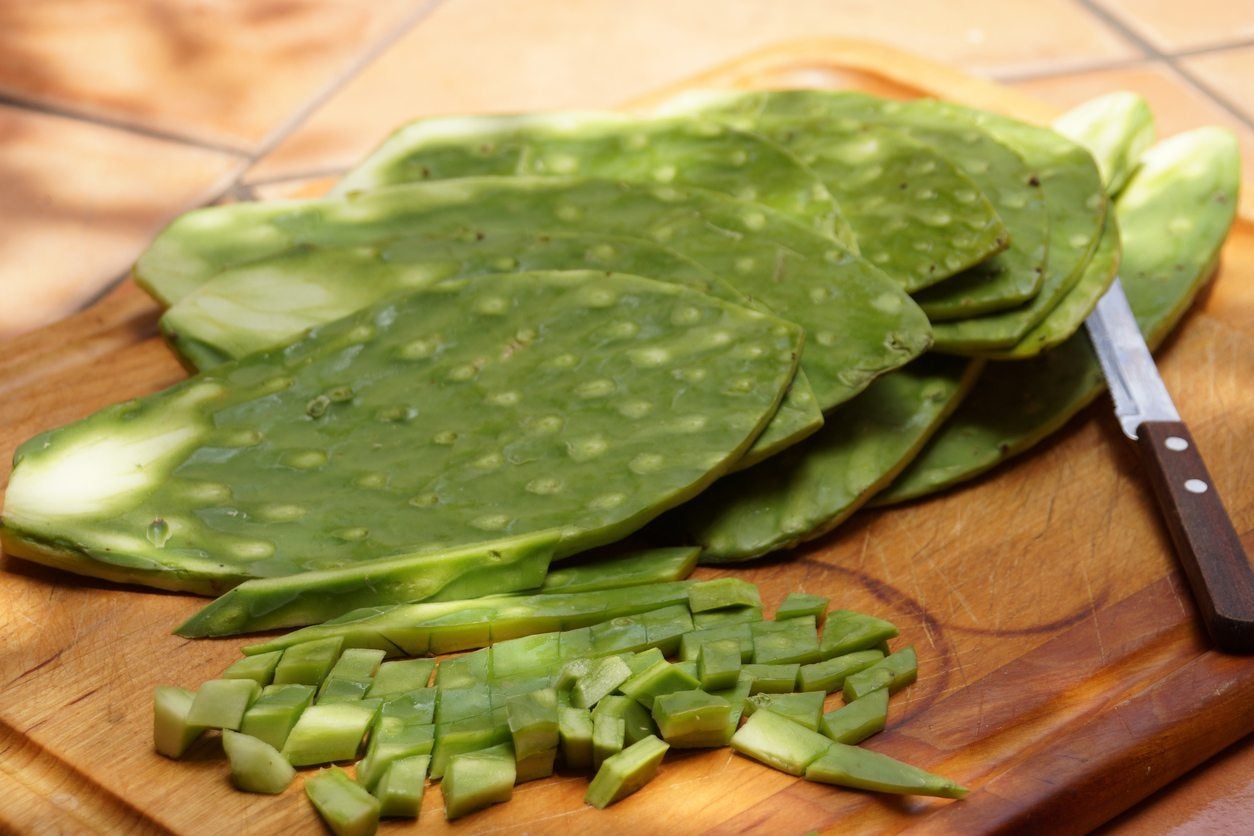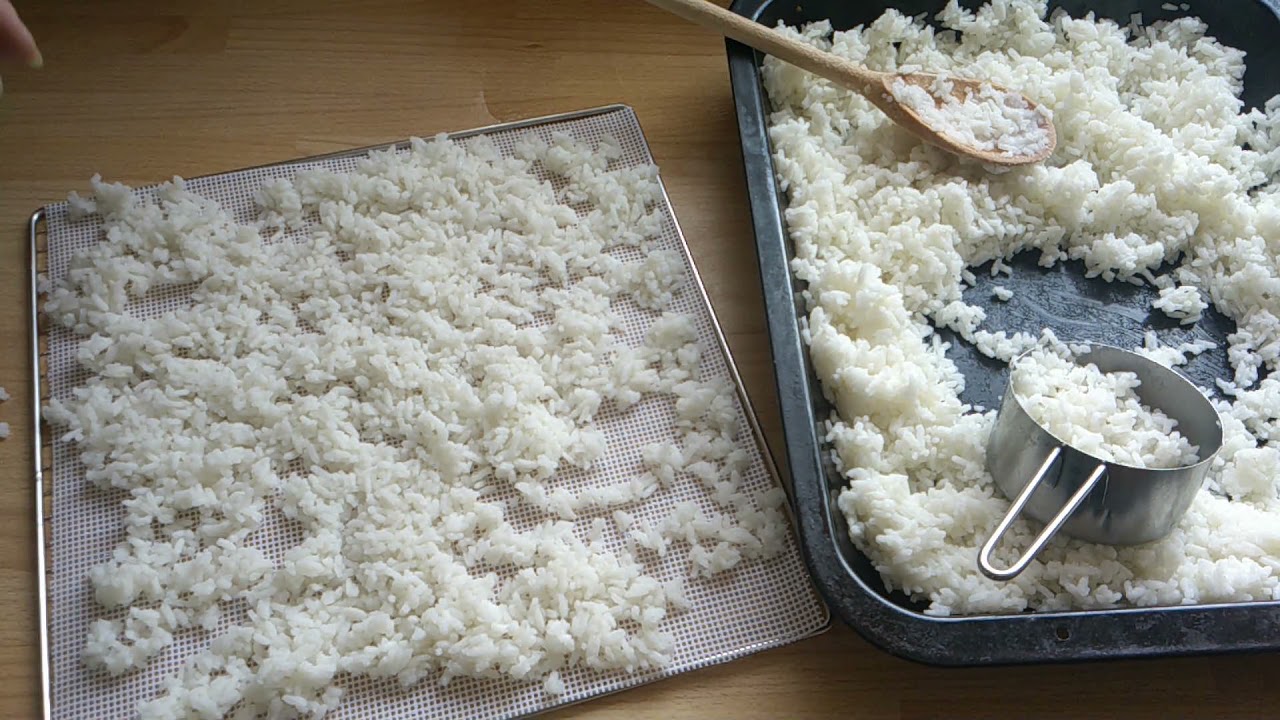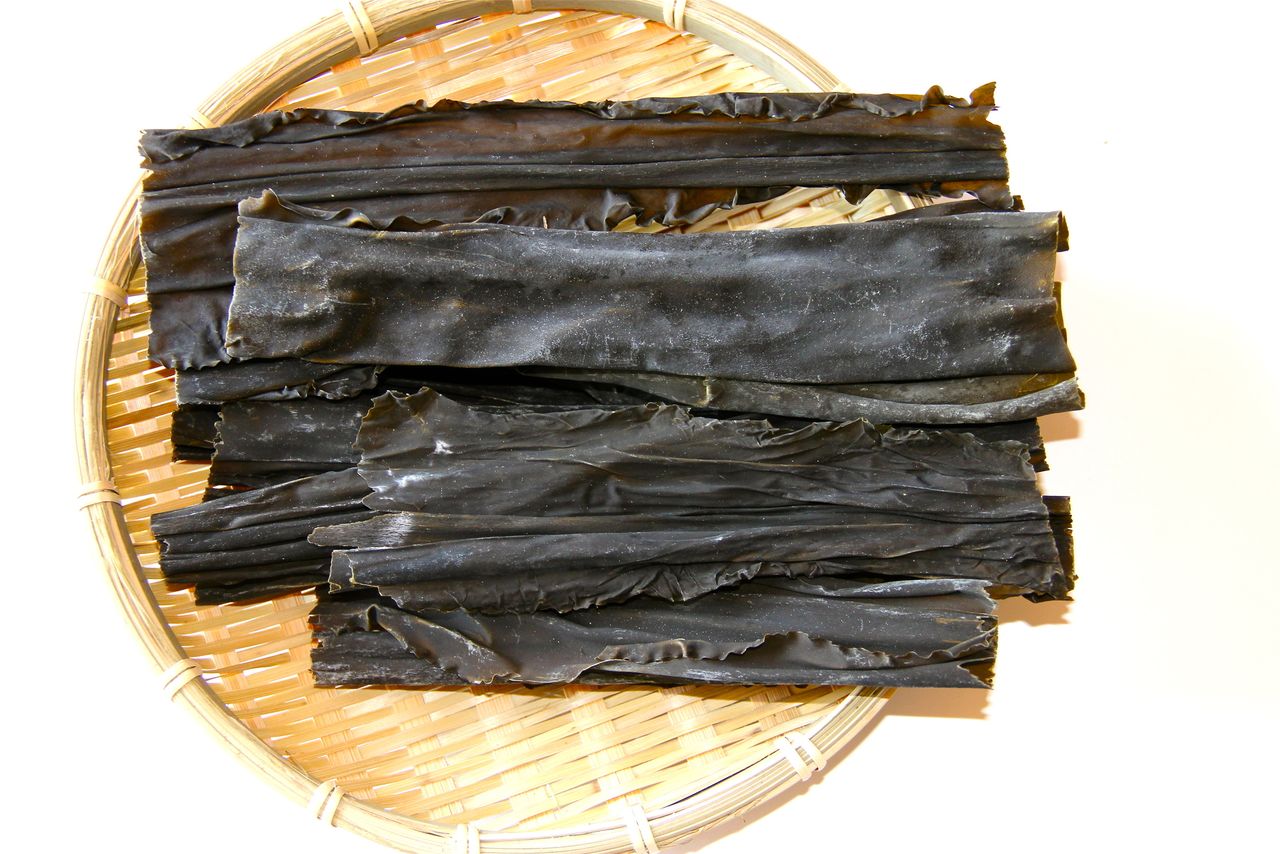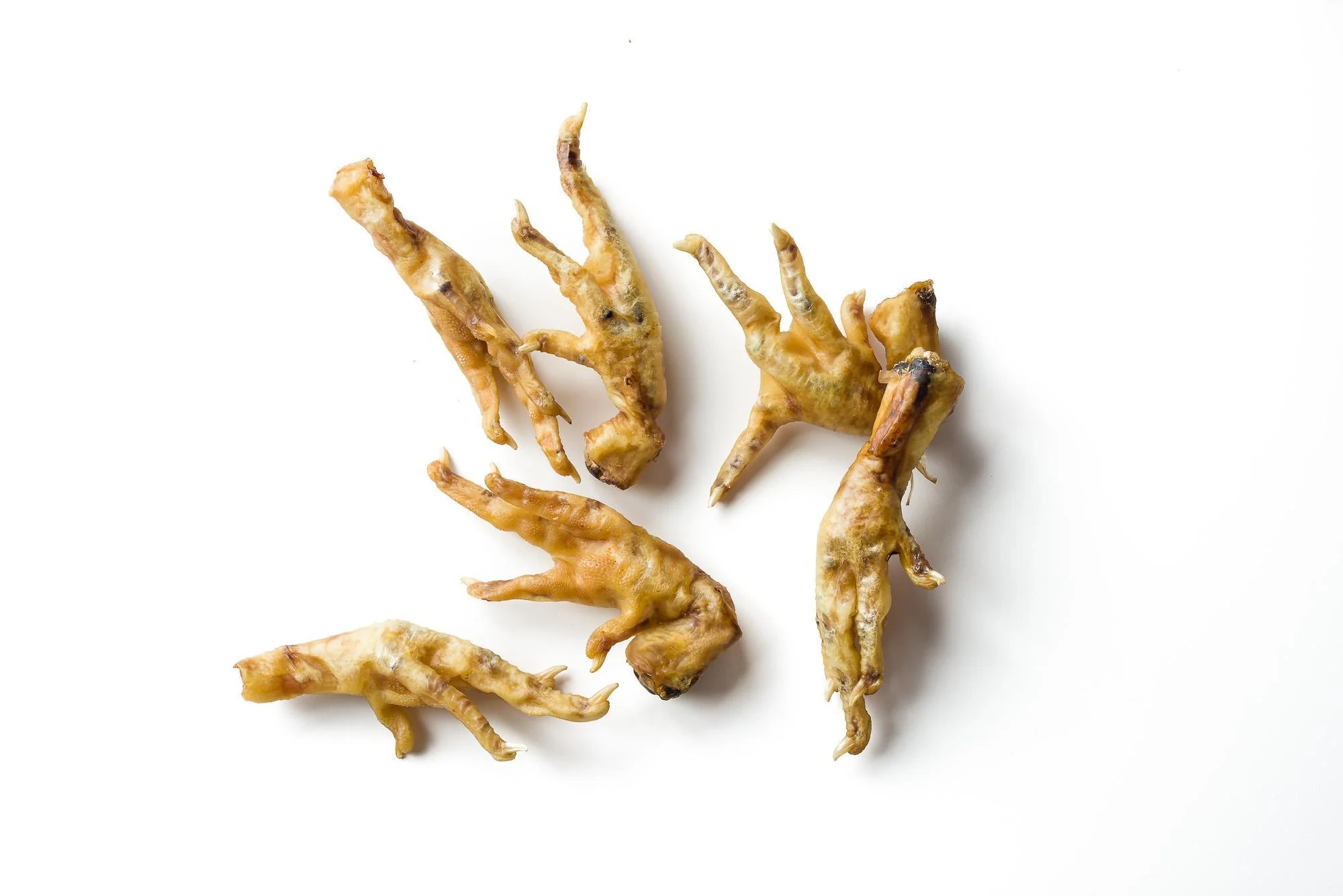Dehydrating Pulp in the Oven: A Quick and Easy Guide
If you’re someone who loves making fresh fruit or vegetable juice at home, you may be wondering what to do with the leftover pulp. One great way to reduce waste and make the most of your produce is to dehydrate the pulp in the oven. Dehydrating pulp not only extends the shelf life of your ingredients but also gives you a versatile ingredient that can be used in a variety of recipes. In this guide, we’ll walk you through the simple steps to dehydrate pulp in the oven.
Step 1: Prepare the Pulp
Before you can dehydrate the pulp, you’ll need to prepare it for the process. Start by ensuring that the pulp is free of any large pieces of skin or seeds. You can do this by running it through a strainer or using your hands to remove any unwanted bits. Once the pulp is smooth and free of large chunks, spread it out in a thin, even layer on a baking sheet lined with parchment paper.
Step 2: Preheat the Oven
Preheat your oven to a low temperature, ideally around 140-170°F (60-75°C). This low and slow method will gently remove the moisture from the pulp without cooking it. It’s important to use a low temperature to preserve the enzymes and nutrients in the pulp.
Step 3: Dehydrate the Pulp
Once the oven is preheated, place the baking sheet with the pulp inside. Leave the oven door slightly ajar to allow moisture to escape. Depending on the thickness of the pulp layer, the dehydration process can take anywhere from 4 to 8 hours. It’s important to periodically check on the pulp and rotate the baking sheet to ensure even drying.
Step 4: Test for Dryness
To determine if the pulp is fully dehydrated, remove a small amount from the baking sheet and allow it to cool to room temperature. Squeeze the cooled pulp between your fingers – if it feels dry and crumbly, it’s ready. If it still feels moist, return it to the oven for additional drying time.
Step 5: Store the Dehydrated Pulp
Once the pulp is fully dehydrated, allow it to cool completely before transferring it to an airtight container. Store the dehydrated pulp in a cool, dry place away from direct sunlight. Properly stored, dehydrated pulp can last for several months, providing you with a convenient ingredient for future recipes.
Ways to Use Dehydrated Pulp
Now that you’ve successfully dehydrated your pulp, you may be wondering how to use it. Here are some creative ways to incorporate dehydrated pulp into your cooking:
- Baking: Add dehydrated fruit pulp to muffin batters, bread dough, or cookie recipes for a natural burst of flavor and nutrition.
- Smoothies: Blend dehydrated vegetable pulp into smoothies for an added boost of fiber and vitamins.
- Soups and Stews: Use dehydrated vegetable pulp as a thickening agent in soups and stews, adding depth of flavor and nutrients.
- Snack Bars: Incorporate dehydrated fruit pulp into homemade granola or snack bars for a wholesome and fruity kick.
Dehydrating pulp in the oven is a simple and effective way to reduce waste and maximize the use of your juicing ingredients. With a little time and patience, you can transform leftover pulp into a versatile and long-lasting ingredient that adds flavor and nutrition to a variety of dishes.
More Ways to Use Dehydrated Pulp
Once you've mastered the art of dehydrating pulp in the oven, a host of creative culinary opportunities await. For those eager to experiment, the Carrot Pulp Muffins offer a delightful twist on traditional baking, infusing rich nutrients and a subtle sweetness into every bite. Health enthusiasts might gravitate towards the Celery Pulp Detox Smoothie, which combines hydration with a punch of essential vitamins. If you're in the mood for something more indulgent, the Beet Pulp Red Velvet Cake is a showstopper, providing a moist, decadent flavor profile that's hard to resist. Each recipe not only utilizes the dehydrated pulp efficiently but also enhances the overall taste and nutritional value of these dishes, making them must-tries for any culinary aficionado.
Was this page helpful?
Read Next: How To Dehydrate Vegetables In Microwave
